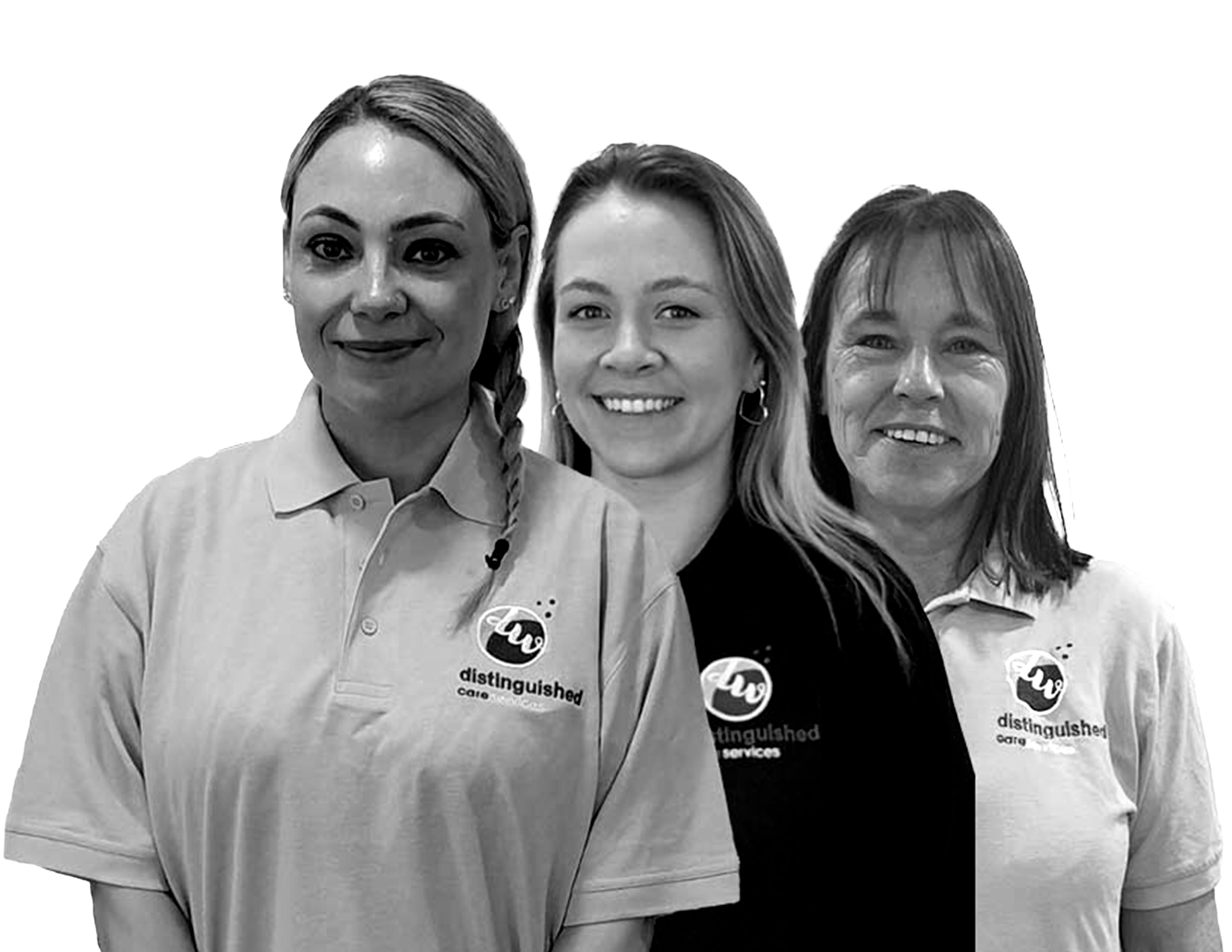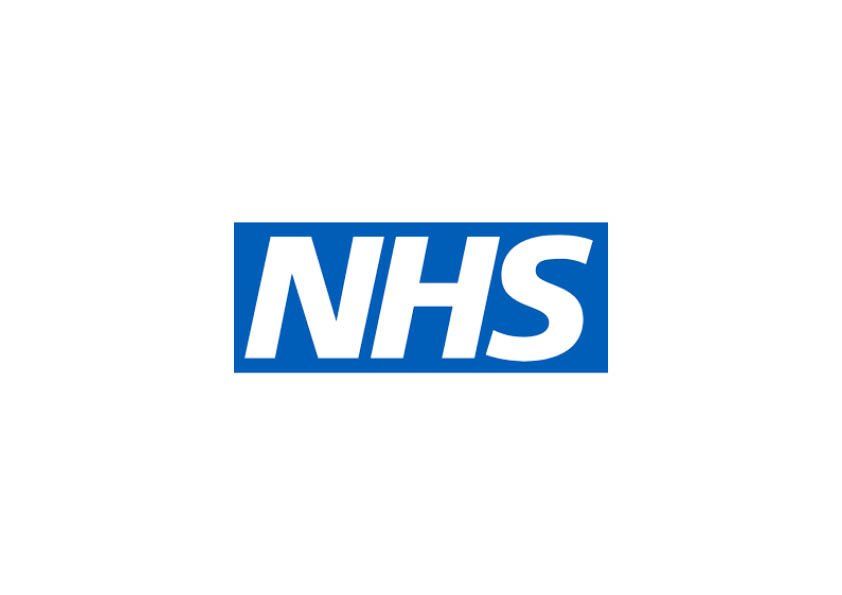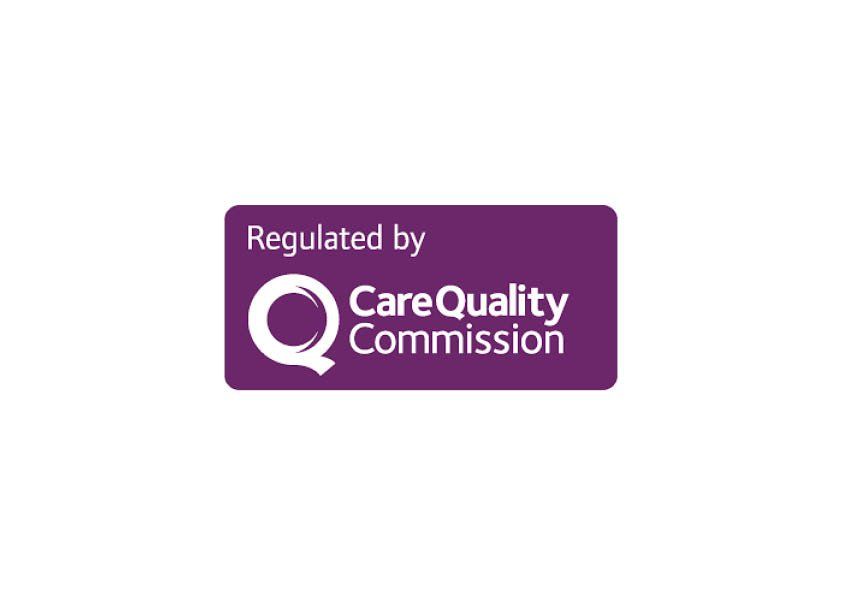Everything You Need to Know About Chronic Obstructive Pulmonary Disease (COPD)
COPD is a disease that damages your lungs over time. It may start with mild symptoms and then get worse. Treatment can help symptoms and slow disease progression.
What is COPD?
Chronic obstructive pulmonary disease, commonly referred to as COPD, is a group of progressive lung diseases.
The most common of these diseases are emphysema and chronic bronchitis. Many people with COPD have both of these conditions.
Emphysema slowly destroys air sacs in your lungs, which interferes with outward air flow. Bronchitis causes inflammation and narrowing of the bronchial tubes, which allows mucus to build up.
It’s estimated that about 30 million people in the United States have COPD. As many as half are unaware that they have it.
Untreated, COPD can lead to a faster progression of disease, heart problems, and worsening respiratory infections.
What are the symptoms of COPD?
COPD makes it harder to breathe. Symptoms may be mild at first, beginning with intermittent coughing and shortness of breath. As it progresses, symptoms can become more constant to where it can become increasingly difficult to breathe.
You may experience wheezing and tightness in the chest or have excess sputum production. Some people with COPD have acute exacerbations, which are flare-ups of severe symptoms.
Early symptoms
At first, symptoms of COPD can be quite mild. You might mistake them for a cold.
Early symptoms include:
- occasional shortness of breath, especially after exercise
- mild but recurrent cough
- needing to clear your throat often, especially first thing in the morning
You might start making subtle changes, such as avoiding stairs and skipping physical activities.
Worsening symptoms
Symptoms can get progressively worse and harder to ignore. As the lungs become more damaged, you may experience:
- shortness of breath, after even mild forms of exercise like walking up a flight of stairs
- wheezing, which is a type of higher-pitched noisy breathing, especially during exhalations
- chest tightness
- chronic cough, with or without mucus
- need to clear mucus from your lungs every day
- frequent colds, flu, or other respiratory infections
- lack of energy
In later stages of COPD, symptoms may also include:
- fatigue
- swelling of the feet, ankles, or legs
- weight loss
Symptoms are likely to be much worse if you currently smoke or are regularly exposed to secondhand smoke.
Most people with COPD are at least 40 years old and have at least some history of smoking. The longer and more tobacco products you smoke, the greater your risk of COPD is.
In addition to cigarette smoke, cigar smoke, pipe smoke, and secondhand smoke can cause COPD. Your risk of COPD is even greater if you have asthma and smoke.
Other causes
You can also develop COPD if you’re exposed to chemicals and fumes in the workplace. Long-term exposure to air pollution and inhaling dust can also cause COPD.
In developing countries, along with tobacco smoke, homes are often poorly ventilated, forcing families to breathe fumes from burning fuel used for cooking and heating.
There may be a genetic predisposition to developing COPD. Up to an estimated 5 percent
of people with COPD have a deficiency in a protein called alpha-1-antitrypsin.
This deficiency causes the lungs to deteriorate and also can affect the liver. There may be other associated genetic factors at play as well.
There’s no single test for COPD. Diagnosis is based on symptoms, a physical exam, and diagnostic test results.
When you visit the doctor, be sure to mention all of your symptoms. Tell your doctor if:
- you’re a smoker or have smoked in the past
- you’re exposed to lung irritants on the job
- you’re exposed to a lot of secondhand smoke
- you have a family history of COPD
- you have asthma or other respiratory conditions
- you take over-the-counter or prescription medications
Exam and tests
During the physical exam, your doctor will use a stethoscope to listen to your lungs as you breathe. Based on all this information, your doctor may order some of these tests to get a more complete picture:
- Spirometry is a noninvasive test to assess lung function. During the test, you’ll take a deep breath and then blow into a tube connected to the spirometer.
- Imaging tests, like a chest X-ray or CT scan. These images can provide a detailed look at your lungs, blood vessels, and heart.
- An arterial blood gas test. This involves taking a blood sample from an artery to measure your blood oxygen, carbon dioxide, and other important levels.
These tests can help determine if you have COPD or a different condition, such as asthma, a restrictive lung disease, or heart failure.
Treatment for COPD
Treatment can ease symptoms, prevent complications, and generally slow disease progression. Your healthcare team may include a lung specialist (pulmonologist) and physical and respiratory therapists.
Oxygen therapy
If your blood oxygen level is too low, you can receive supplemental oxygen through a mask or nasal cannula to help you breathe better. A portable unit can make it easier to get around.
Surgery
Surgery is reserved for severe COPD or when other treatments have failed, which is more likely when you have a form of severe emphysema.
One type of surgery is called bullectomy. During this procedure, surgeons remove large, abnormal air spaces (bullae) from the lungs.
Another is lung volume reduction surgery, which removes damaged upper lung tissue. Lung volume reduction surgery can be effective at improving breathing, but few patients undergo this major, somewhat risky procedure.
Lung transplantation is an option in some cases. Lung transplantation can effectively cure COPD, but has its many risks.
There is a less invasive method of improving the efficiency of airflow in people with severe emphysema called endobronchial valves (EBV), which are one-way valves that divert inspired air to healthy lungs and away from non-functioning, damaged lungs.
In 2018, an EBV device called the Zephyr Endobronchial Valve
was approved by the FDA and has been shown to improve lung function, exercise capacity and quality of life for patients living with emphysema.
Lifestyle changes
Certain lifestyle changes may also help alleviate your symptoms or provide relief.
- If you smoke, quit. Your doctor can recommend appropriate products or support services.
- Whenever possible, avoid secondhand smoke and chemical fumes.
- Get the nutrition your body needs. Work with your doctor or dietician to create a healthy eating plan.
- Talk to your doctor about how much exercise is safe for you.
Medications for COPD
Medications can reduce symptoms and cut down on flare-ups. It may take some trial and error to find the medication and dosage that works best for you, but these are some of your options:
Inhaled bronchodilators
Medicines called bronchodilators help loosen tight muscles in your airways. They’re typically taken through an inhaler or nebulizer.
Short-acting bronchodilators last from 4 to 6 hours. You only use them when you need them. For ongoing symptoms, there are long-acting versions you can use every day. They last about 12 hours.
These bronchodilators work by relaxing tightened muscles in the airways, which widens your airways for better air passage. They also help your body clear mucus from the lungs. These two types of bronchodilators can be taken in combination by inhaler or with a nebulizer.
Here’s a list of recommended LABA/LAMA bronchodilator therapies:
- aclidinium/formoterol
- glycopyrrolate/formoterol
- tiotropium/olodaterol
- umeclidinium/vilanterol
Corticosteroids
Long-acting bronchodilators are commonly combined with inhaled glucocorticosteroids. A glucocorticosteroid can reduce inflammation in the airways and lower mucus production.
The long-acting bronchodilator can relax the airway muscle to help the airways stay wider. Corticosteroids are also available in pill form.
Phosphodiesterase-4 inhibitors
This type of medication can be taken in pill form to help reduce inflammation and relax the airways. It’s generally prescribed for severe COPD with chronic bronchitis.
Theophylline
This medication eases chest tightness and shortness of breath. It may also help prevent flare-ups. It’s available in pill form.
Theophylline is an older medication that relaxes the muscle of the airways, and it may cause side effects. It’s generally not a first-line treatment for COPD therapy.
Antibiotics and antivirals
Antibiotics or antivirals may be prescribed when you develop certain respiratory infections.
Vaccines
To lower risk of other respiratory infections, ask your doctor if you should get a yearly flu shot, pneumococcal vaccine, and a tetanus booster that includes protection from pertussis (whooping cough).
Diet recommendations for people with COPD
There’s no specific diet for COPD, but a healthy diet is important for maintaining overall health. The stronger you are, the more able you’ll be to prevent complications and other health problems.
Choose a variety of nutritious foods from these groups:
- vegetables
- fruits
- grains
- protein
- dairy
Also, remember to go easy on the salt. It causes the body to retain water, which can strain breathing.
Liquids
Drink plenty of fluids. Drinking at least six to eight 8-ounce glasses of non-caffeinated liquids a day can help keep mucus thinner. This may make the mucus easier to cough out.
Limit caffeinated beverages because they can interfere with medications. If you have heart problems, you may need to drink less, so talk to your doctor.
Weight management
Maintaining a healthy weight is important. It takes more energy to breathe when you have COPD, so you might need to take in more calories. But if you’re overweight, your lungs and heart may have to work harder.
If you’re underweight or frail, even basic body maintenance can become difficult. Overall, having COPD weakens your immune system and decreases your ability to fight off infection.
Eating habits
A full stomach makes it harder for your lungs to expand, leaving you short of breath. If you find that this happens to you, try these remedies:
- Clear your airways about an hour before a meal.
- Take smaller bites of food that you chew slowly before swallowing.
- Swap three meals a day for five or six smaller meals.
- Save fluids until the end so you feel less full during the meal.
COPD requires lifelong disease management. That means following the advice of your healthcare team and maintaining healthy lifestyle habits.
Since your lungs are weakened, you’ll want to avoid anything that might overtax them or cause a flare-up. Here’s a list of things to consider as you adjust your lifestyle.
- Avoid smoking. If you’re having trouble quitting, talk to your doctor about smoking cessation programs. Try to avoid secondhand smoke, chemical fumes, air pollution, and dust.
- Work out. A little exercise each day can help you stay strong. Talk to your doctor about how much exercise is good for you.
- Eat a diet of nutritious foods. Avoid highly processed foods that are loaded with calories and salt, but lack nutrients.
- Treating other conditions. If you have other chronic diseases along with COPD, it’s important to manage those as well, particularly diabetes mellitus and heart disease.
- Clean house. Clear the clutter and streamline your home so that it takes less energy to clean and do other household tasks. If you have advanced COPD, get help with daily chores.
- Be prepared for flare-ups. Carry your emergency contact information with you and post it on your refrigerator. Include information about what medications you take, as well as the doses. Program emergency numbers into your phone.
- Find support. It can be a relief to talk to others who understand. Consider joining a support group. The COPD Foundation provides a comprehensive list of organizations and resources for people living with COPD.
One measure of COPD is achieved by spirometry grading.
There are different grading systems, and one grading system is part of the GOLD classification. The GOLD classification is used for determining COPD severity and helping to form a prognosis and treatment plan.
There are four GOLD grades based on spirometry testing:
- grade 1: mild
- grade 2: moderate
- grade 3: severe
- grade 4: very severe
This is based on the spirometry test result of your FEV1. This is the amount of air you can breathe out of the lungs in the first second of a forced expiration. The severity increases as your FEV1 decreases.
The GOLD classification also takes into account your individual symptoms and history of acute exacerbations. Based on this information, your doctor can assign a letter group to you to help define your COPD grade.
As the disease progresses, you’re more susceptible to complications, such as:
- respiratory infections, including common colds, flu, and pneumonia
- heart problems
- high blood pressure in lung arteries (pulmonary hypertension)
- lung cancer
- depression and anxiety























